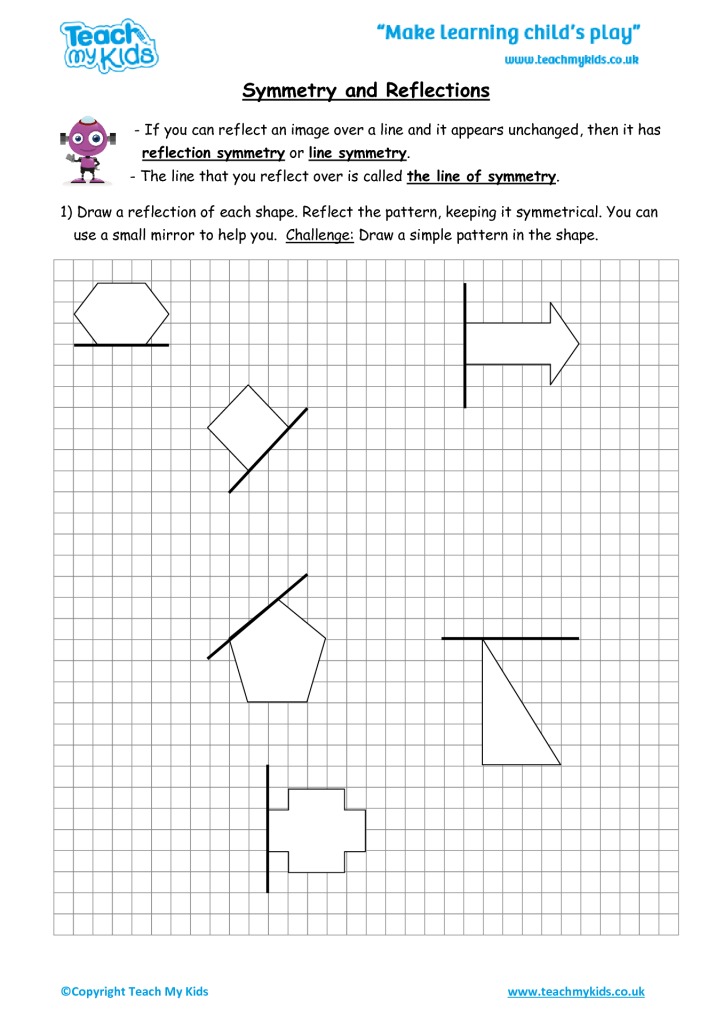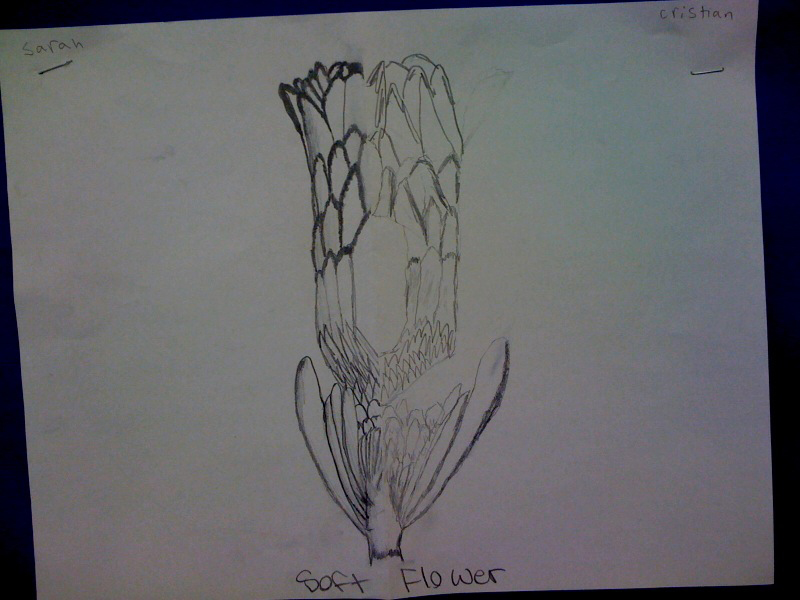

Other symmetric logical connectives include nand (not-and, or ⊼), xor (not-biconditional, or ⊻), and nor (not-or, or ⊽). In propositional logic, symmetric binary logical connectives include and (∧, or &), or (∨, or |) and if and only if (↔), while the connective if (→) is not symmetric. Thus, the relation "is the same age as" is symmetric, for if Paul is the same age as Mary, then Mary is the same age as Paul. Other symmetries include glide reflection symmetry (a reflection followed by a translation) and rotoreflection symmetry (a combination of a rotation and a reflection ).Ī dyadic relation R = S × S is symmetric if for all elements a, b in S, whenever it is true that Rab, it is also true that Rba.

Fractals also exhibit a form of scale symmetry, where smaller portions of the fractal are similar in shape to larger portions.


This means that an object is symmetric if there is a transformation that moves individual pieces of the object, but doesn't change the overall shape. The triskelion has 3-fold rotational symmetry.Ī geometric shape or object is symmetric if it can be divided into two or more identical pieces that are arranged in an organized fashion. The opposite of symmetry is asymmetry, which refers to the absence or a violation of symmetry. This article describes symmetry from three perspectives: in mathematics, including geometry, the most familiar type of symmetry for many people in science and nature and in the arts, covering architecture, art, and music. Mathematical symmetry may be observed with respect to the passage of time as a spatial relationship through geometric transformations through other kinds of functional transformations and as an aspect of abstract objects, including theoretic models, language, and music. Although these two meanings of the word can sometimes be told apart, they are intricately related, and hence are discussed together in this article. In mathematics, the term has a more precise definition and is usually used to refer to an object that is invariant under some transformations, such as translation, reflection, rotation, or scaling. Symmetry (from Ancient Greek συμμετρία ( summetría) 'agreement in dimensions, due proportion, arrangement') in everyday language refers to a sense of harmonious and beautiful proportion and balance. This shape is obtained by a finite subdivision rule. Mirroring along an axis parallel to the x or the y (canvas) axis.A fractal-like shape that has reflectional symmetry, rotational symmetry and self-similarity, three forms of symmetry. This answer was converted to its own PGF and its own TikZ library as part of my tikz-extensions package.Ī generalization: We want to mirror at every possible axis.īut first, a few special cases.


 0 kommentar(er)
0 kommentar(er)
